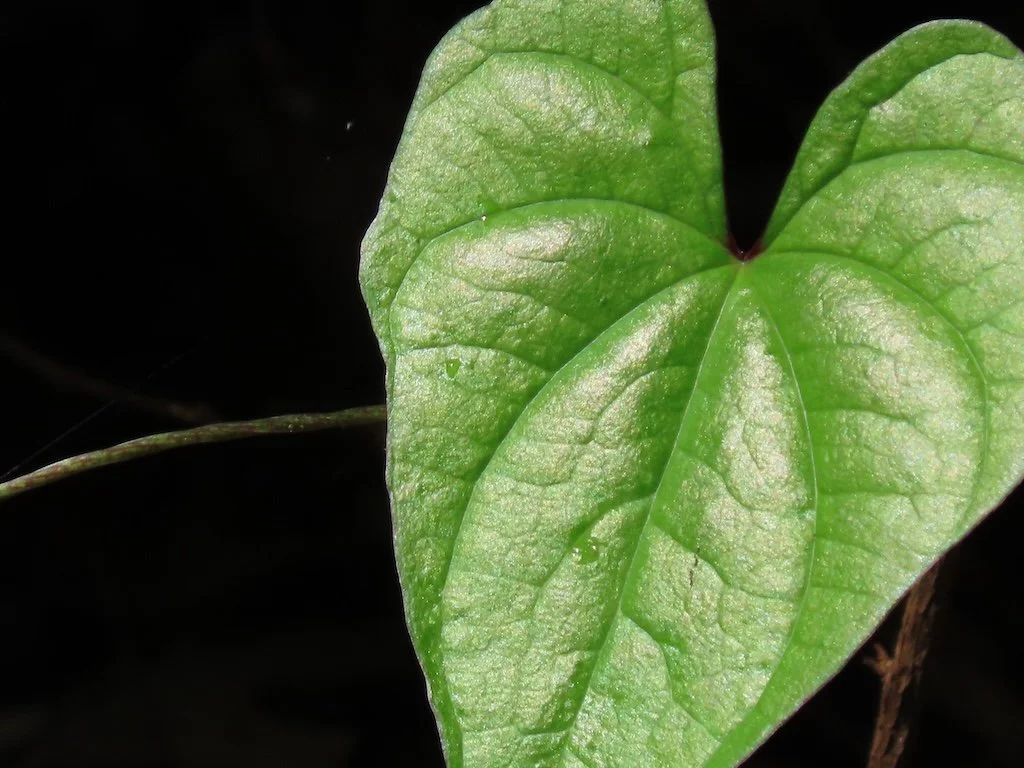Then and Now – Cars and Driving
/The first car I remember well was in the 1960s – a small red Ford my father bought for my mother. It did not have air conditioning…or seat belts (it was before they became standard equipment in the later 1960s). The windows were opened/closed manually with a handle. There were no car seats for children either although my mother generally put my sisters and I in the back seat. I was the oldest so sometimes road in the front seat. It did have power steering and brakes…probably because my mother was not very good driving with a manual transmission. The car was the second for our household and was parked at the curb since my father’s car was parked in the one-car garage.
My father’s car did have air conditioning and was larger. He started buying new cars (Oldsmobile or Buick were his preferred make) almost every year in by 1963; my mother got to drive his older car and they traded in her car. Those cars had windows that opened and closed with a button. I remember the first car my father owned that had seatbelts because he had a serious accident in it; a truck sideswiped the car on the driver’s side and he always claimed that he would not have survived if he’d been wearing a seatbelt since he was pushed to the passenger side during the accident. It took several years before he started wearing seat belts consistently and even more years before he took his keys/locked his car when he parked it. I also remember my father’s first car that has radial tires in the late 1960s; the road noise was noticeably different.
Most of our road trips were to visit family members. My mother drove my sisters and I to visit her parents (aunt, uncles, cousins) at least once every summer. The trek was between Wichita Falls TX and Beggs OK and was a lot of 2 lane roads…often very curvy. We took food and drink with us…stopped at gasoline stations for the bathrooms (which were usually in bad shape). My mother was not a great driver…but she knew her limitations and never had an accident. She shared that when she first learned to drive, she tended to look at the front of the car when she was driving; my dad noticed shortly after they married and coached her to look further out – to become a more defensive driver.
I learned to drive in the two cars my parents were driving at the time (a large Oldsmobile and Buick) later in the 1960s. My driver’s ed class emphasized wearing seat belts and I convinced my whole family we needed to ‘buckle up’ consistently. Both of my parents encouraged me to drive whenever I was in the car with them as soon as I got my learner’s permit; I got my driver’s license on my 16th birthday and became the designated driver for my younger sisters and my parents when I was available. I didn’t have my own car until after the 1960s.
Now – the car I drive is smaller – a plug-in hybrid (2017 Prius Prime). The air conditioning and heating has a thermostat rather than the 1960s switch controls. Perhaps the equivalent of the big Buicks and Oldsmobiles of the 1960s are the SUVs that are very popular now. The cruise control is adaptive. Many of the controls are digital rather than switches. The navigation system is a big improvement over a collection of paper maps or a road atlas kept in the car at all times. There are handy places to put drinks that were absent in the 1960s cars. My car has a hatch opening in the back rather than the enclosed trunk of the big 1960s cars; SUVs also have an opening in the back that connects to the interior of the car. The seatbelts (one unit lap and cross body) are more comfortable than the clunky lap belts and then clucky two-piece lap/shoulder belts of the 1960s. The bucket seats in front have more adjustments than the bench seats of the 1960s and the material covers are more durable. Cars frequently last for 100,000 miles or more now; that was very unusual in the 1960s.
Cars have improved a lot since the 1960s – in both function and durability - and driving is easier because of those improvements and the highway system that has matured (although it often needs maintenance). My frequent road trips would certainly be more challenging/less enjoyable in a 1960s car and on 1960s style roads!
Previous Then and Now posts






































































































































































































































































































